Idea by
Eduardo Corales
Call for ideas 2018
Into the Conflict
Into the Conflict

The creation of Chile as a country coincides with the origin of the territorial conflict with its natives communities, who throughout modern history have not been able to resolve the complex social and economic disputes that mark the agenda of the Mapuche people until today. "Into the Conflict" explores the relationship between industrial architecture and the occupation of the territory, understood as a capitalist-extractive relationship on the one hand and on the other as a symbol of western culture and control over a usurped territory.
The project involves an inventory of mills and agricultural warehouses of European origin as well as the the creation of the 'Museum of Indigenous Memory', emphasizing the role of industry - as an example of the challenges that industrial activities pose for contemporary society and the relationship between different cultures sharing a common territory.
There is no future in architecture without a conciliatory memory between peoples in conflict.
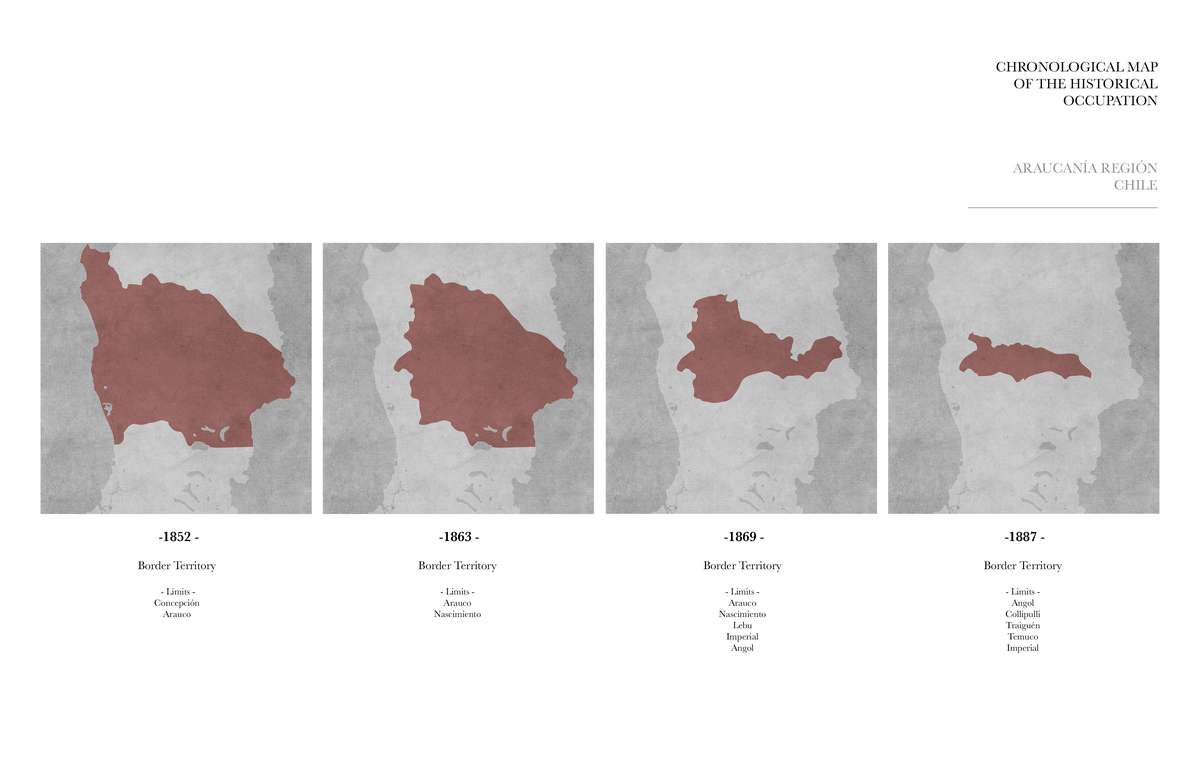
The process of occupation of the Araucanía by the local government and its confinement in reductions of the Mapuche people is the first territorial conflict in the country, which has extended from colonization timesto the present, being one of the most punished territories through policies of territorial reductions (rural ghettos) and benefits for industrial and extractive activities ( the Araucanía has the highest right-wing voting percentage nationwide and is the poorest region in Chile)
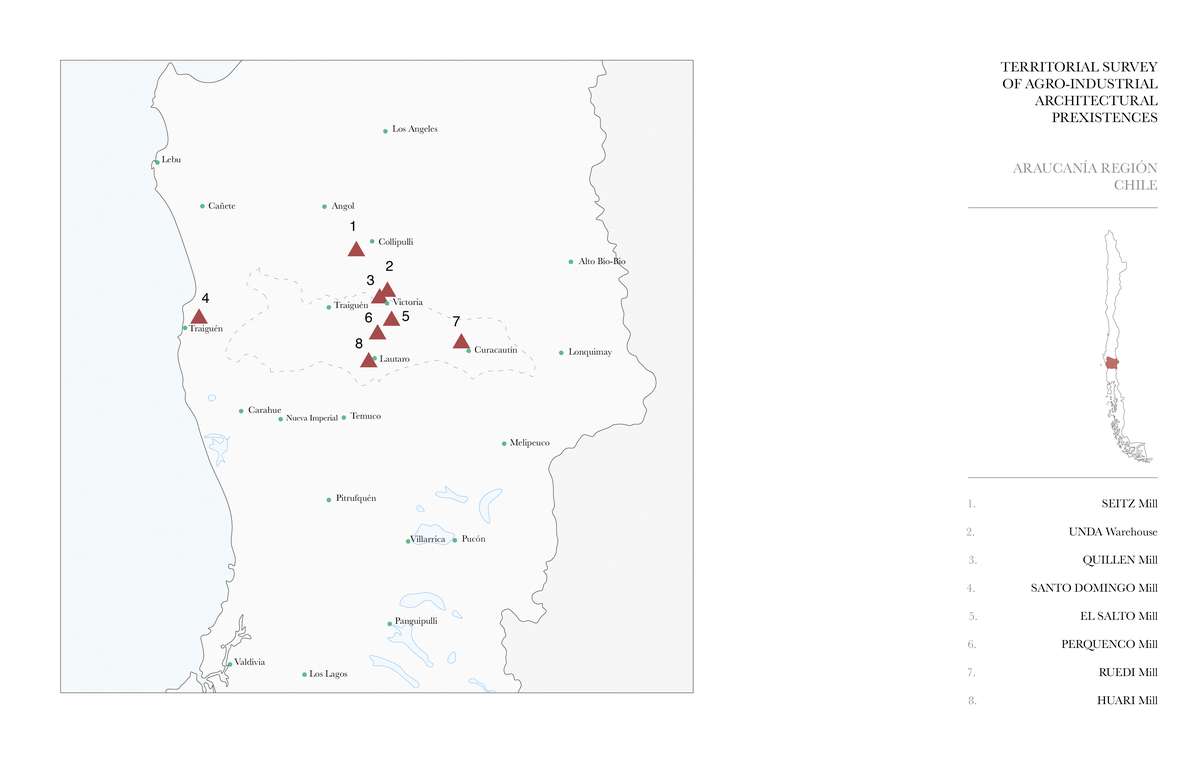
The register of mills and industrial buildings in the Araucanía region provides us with a first map of how these settlements were establishing commercial and industrial reference points in territory, becoming a trademark of the unscrupulous agricultural development.
Architecture appears as a seal of occupation and injustice for the Mapuche people, but as a symbol of progress and prosperity for the European immigrant population, being a duality that today is not recognized by the chilean state

Survey of agricultural industrial infrastructures. Comparative analysis of scales and main typologies.
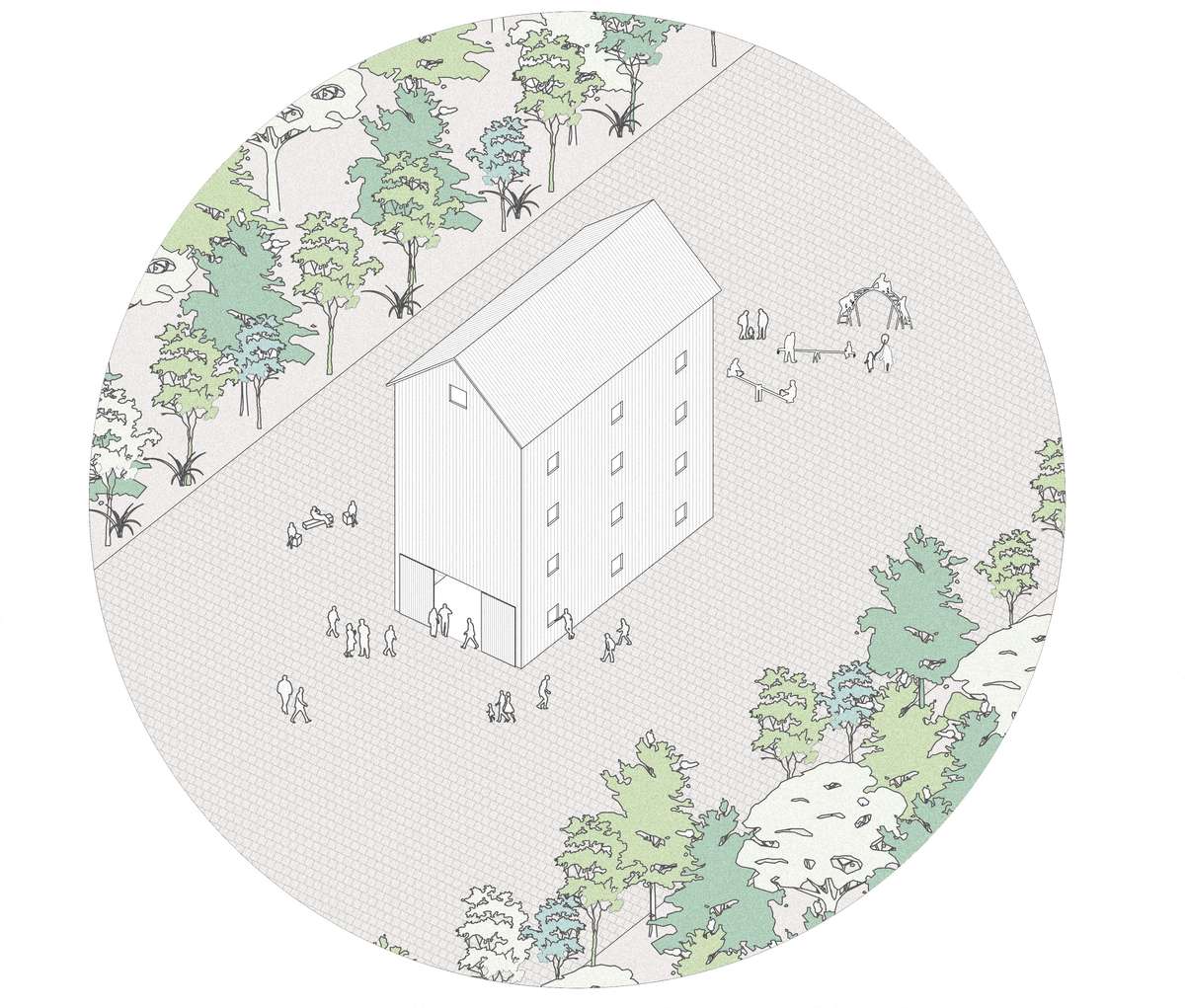
The water mill is one of the most iconic industrial infrastructures in the Araucanía, being elements that are part of the constructed imagery of the region, both for agricultural agents (first symbols of development and rural technological advance) and for native peoples (as synonyms of occupation and dispossession of land)
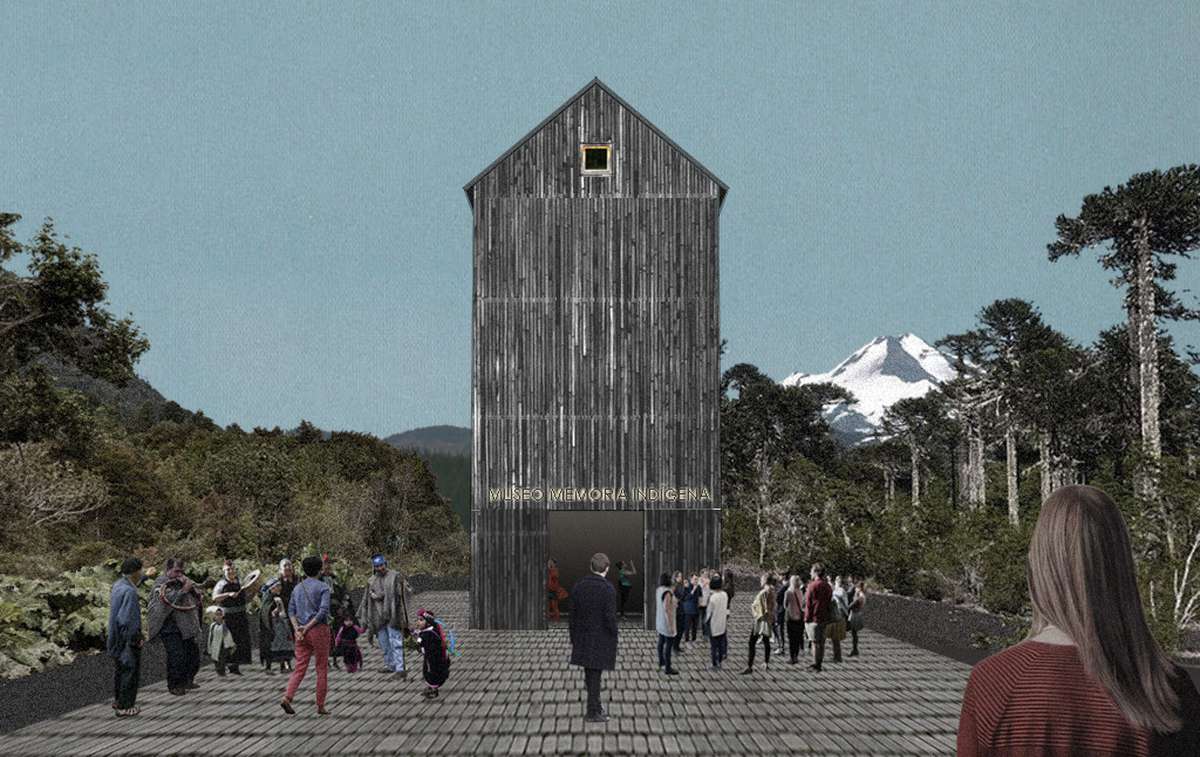
The project "Into the Conflict" seeks to generate - in this universe of industrial infrastructures - a space of integration, memory and political reflection around the community and rural territory, with the aim of generating more and better points of encounter between a stormy past and a future that becomes uncertain as it does not have basic issues resolved.
The Mapuches are an native community to the southernmost continental region of South America (Argentina and Chile)
Into the Conflict
Into the Conflict

The creation of Chile as a country coincides with the origin of the territorial conflict with its natives communities, who throughout modern history have not been able to resolve the complex social and economic disputes that mark the agenda of the Mapuche people until today. "Into the Conflict" explores the relationship between industrial architecture and the occupation of the territory, understood as a capitalist-extractive relationship on the one hand and on the other as a symbol of western culture and control over a usurped territory.
The project involves an inventory of mills and agricultural warehouses of European origin as well as the the creation of the 'Museum of Indigenous Memory', emphasizing the role of industry - as an example of the challenges that industrial activities pose for contemporary society and the relationship between different cultures sharing a common territory.
There is no future in architecture without a conciliatory memory between peoples in conflict.
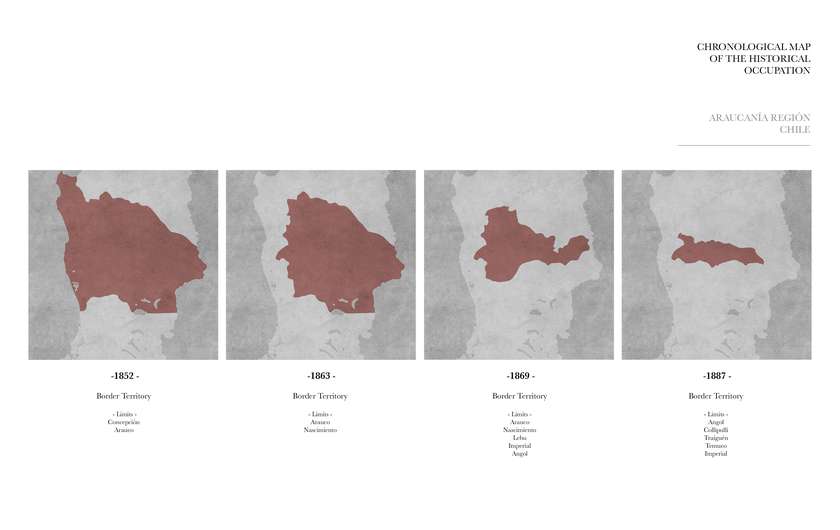
The process of occupation of the Araucanía by the local government and its confinement in reductions of the Mapuche people is the first territorial conflict in the country, which has extended from colonization timesto the present, being one of the most punished territories through policies of territorial reductions (rural ghettos) and benefits for industrial and extractive activities ( the Araucanía has the highest right-wing voting percentage nationwide and is the poorest region in Chile)
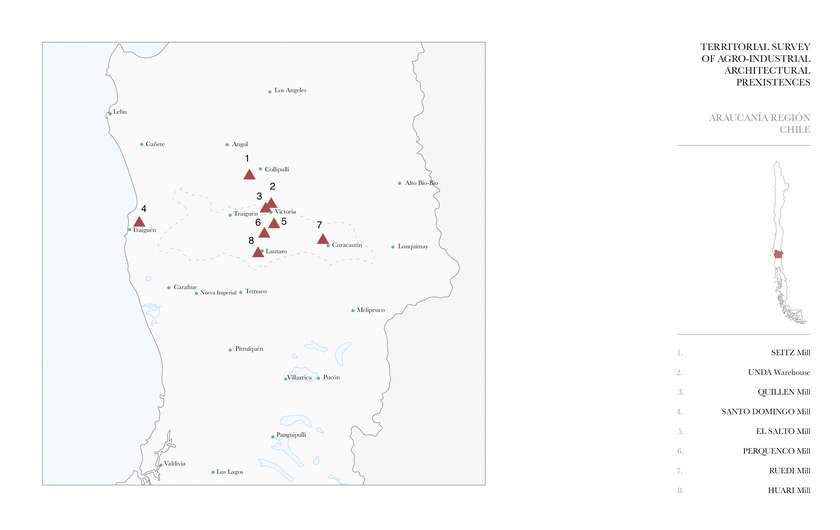
The register of mills and industrial buildings in the Araucanía region provides us with a first map of how these settlements were establishing commercial and industrial reference points in territory, becoming a trademark of the unscrupulous agricultural development.
Architecture appears as a seal of occupation and injustice for the Mapuche people, but as a symbol of progress and prosperity for the European immigrant population, being a duality that today is not recognized by the chilean state
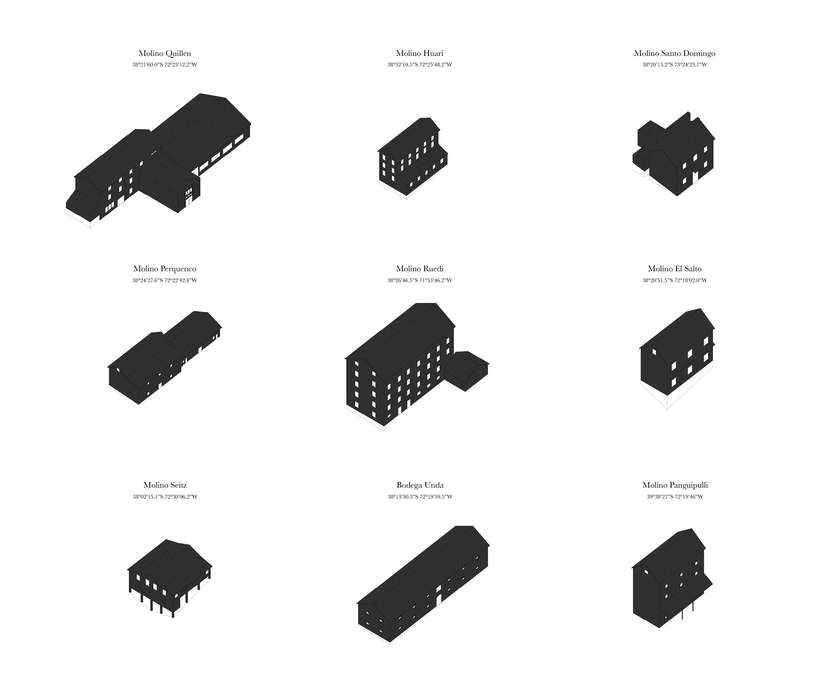
Survey of agricultural industrial infrastructures. Comparative analysis of scales and main typologies.
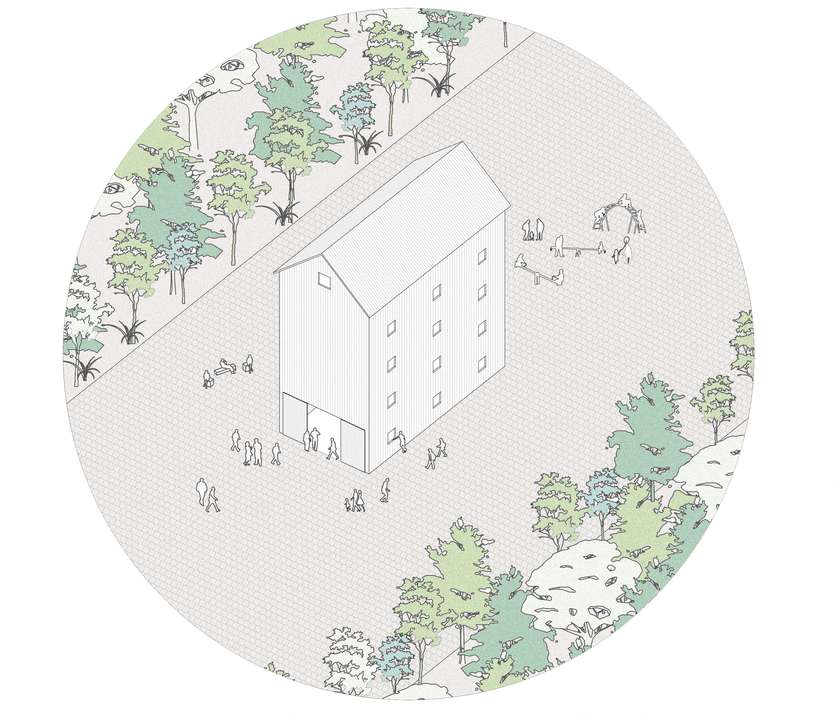
The water mill is one of the most iconic industrial infrastructures in the Araucanía, being elements that are part of the constructed imagery of the region, both for agricultural agents (first symbols of development and rural technological advance) and for native peoples (as synonyms of occupation and dispossession of land)

The project "Into the Conflict" seeks to generate - in this universe of industrial infrastructures - a space of integration, memory and political reflection around the community and rural territory, with the aim of generating more and better points of encounter between a stormy past and a future that becomes uncertain as it does not have basic issues resolved.
The Mapuches are an native community to the southernmost continental region of South America (Argentina and Chile)